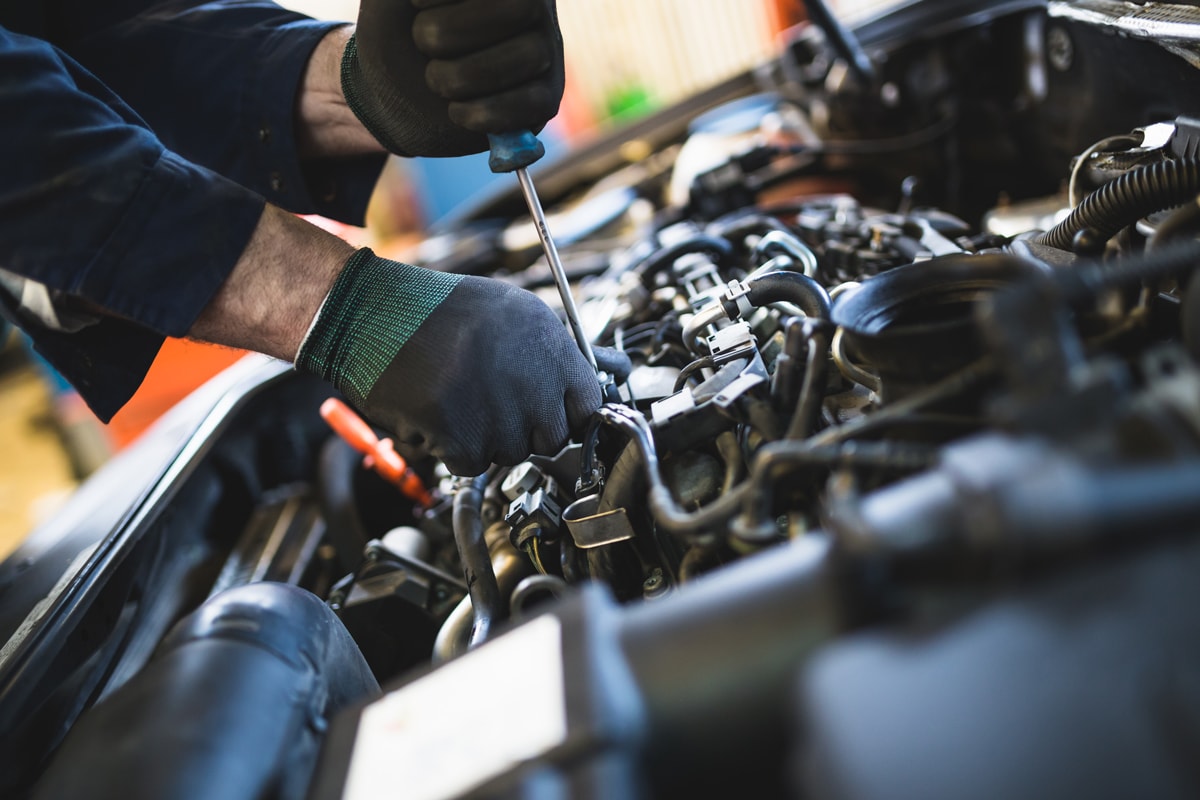All Categories
Featured

Few points are much more startling for a chauffeur than the sudden illumination of the check engine light (CEL) on the dashboard. While it might cause immediate issue, recognizing what this light represents can equip you to take care of the scenario properly. Allow's explore the feasible factors behind the CEL and the steps to fix it.
What Does the Examine Engine Light Mean? The CEL is part of your car's onboard diagnostics (OBD) system. It keeps an eye on a range of systems within the automobile, consisting of exhausts, fuel performance, and total engine efficiency. When the system detects a mistake or irregularity, it activates the CEL to inform the vehicle driver.
Solid Light: Suggests a non-critical problem, such as a minor sensor breakdown. However, it still calls for interest to prevent lasting damage. Flashing Light: Signals a severe issue, like an engine misfire, that requires instant attention to avoid considerable damages. Typical Factors for the Check Engine Light. Here are a few of one of the most regular reasons for a CEL, ranging from straightforward to complex:
Loose Gas Cap:

A damaged or loose gas cap can interrupt the fuel system, setting off the light. This is just one of the most convenient problems to take care of-- simply tighten or change the cap. Oxygen Sensor Failing:
The oxygen sensor determines the air-to-fuel ratio for optimal burning. A malfunctioning sensor can result in reduced gas performance and higher exhausts. Trigger Plug or Ignition Coil Problems:
These elements are essential for the burning procedure. Damaged trigger plugs or malfunctioning coils can cause misfires and harsh engine performance. Catalytic Converter Issues:
This element minimizes dangerous exhausts from your lorry. Failing to resolve various other engine problems can result in catalytic converter damages. Mass Airflow (MAF) Sensing Unit Failure:
The MAF sensor ensures the best amount of air combines with gas. A dirty or falling short MAF sensing unit can lower power and gas efficiency. When the CEL Comes On, actions to Take. Don't Panic:
Take a minute to observe your car's performance. Is it driving generally, or are there symptoms like reduced power or strange noises? Inspect the Gas Cap:
If needed,Tighten or reseat it. This straightforward repair solves lots of CEL instances. Utilize an OBD-II Scanner:
Plugging in a scanner supplies specific difficulty codes that identify the issue. Many car components shops use this service free of charge. If Necessary:, see a Technician.
If the CEL remains on or flashes, have a professional check your car. Postponing repairs could lead to much more expensive fixes. Preventative Measures to Prevent CEL Issues. Normal Maintenance:. Follow the maker's timetable for oil adjustments, trigger plug replacements, and air filter cleaning. Evaluate Secret Elements:. Occasionally examine your gas cap, belts, and pipes for wear or damages. Use Top Quality Fuel and Oil:. Costs items can protect against deposit build-up that might impact sensors and engine parts. Why You Should Attend To the CEL Without Delay. While it's alluring to disregard a strong CEL, procrastination can bring about extreme effects. What begins as a small problem-- like a loosened gas cap-- could develop into expensive repair services. Addressing the light very early guarantees your automobile remains efficient and safe.
Final thought. The check engine light is not a cause for prompt panic, yet it needs to never be disregarded. Understanding its function and prospective triggers furnishes you to make enlightened choices, whether it's a fast gas cap adjustment or a journey to your mechanic. With appropriate upkeep and timely activity, you can maintain your car running smoothly and prevent unneeded repairs.
Latest Posts
Find Leading Car Repair Care offered by Montclare Auto Repair – Quality Service Today
Published May 31, 25
1 min read
Find Best Auto Repair Services offered by Montclare Auto Repair – Drive with Confidence
Published May 27, 25
1 min read
Why Routine Vehicle Maintenance at Montclare Auto Repair Keeps Your Wallet Happy
Published May 26, 25
1 min read
More
Latest Posts
Find Leading Car Repair Care offered by Montclare Auto Repair – Quality Service Today
Published May 31, 25
1 min read
Find Best Auto Repair Services offered by Montclare Auto Repair – Drive with Confidence
Published May 27, 25
1 min read
Why Routine Vehicle Maintenance at Montclare Auto Repair Keeps Your Wallet Happy
Published May 26, 25
1 min read